Pharmaceutical marketing: challenges, strategies, and best practices
October 1, 2024

Pharmaceutical marketing in a regulated environment is a complex field that requires a deep understanding of the norms and restrictions governing the promotion of pharmaceutical products. Additionally, digital platforms have their own compliance policies that limit the direct advertising of certain products. It is important to note that many platforms, such as Google and Facebook, have internal guidelines that prohibit the direct promotion of pharmaceutical products or specific medical treatments.
Therefore, the approach must be more subtle and educational, utilizing indirect strategies to reach patients. There are effective methods to overcome these challenges, always considering the patient journey and how they interact with health information online.
Understanding the patient journey
It is essential to understand the stages a patient goes through from experiencing a symptom to seeking treatment. This process includes:
- Google Search: The first step for most people when they experience a symptom is to search online. Here, it is crucial to recognize that direct advertising of pharmaceutical products or treatments is not permitted on many platforms. However, it is possible to educate patients about their symptoms and the steps they should take without directly referencing a product.For example, if it involves a condition like diabetes or cancer, direct promotion of medications on platforms like Google is not allowed. Nevertheless, you can run educational content explaining symptoms, treatment options, and initial steps the patient should take. This educational information helps capture the patient’s attention, collect data (such as emails), and later create more personalized marketing.
- Doctor Visit: The next stage in the patient journey is the medical consultation. At this point, marketing strategies shift more towards healthcare professionals. It is essential to establish a direct presence through informational materials in clinics, televisions in waiting rooms, or collaborations with pharmacies and hospitals.
- Product Trial: Once the patient receives the treatment recommended by their doctor, they enter the product trial phase. Here, marketing should accompany the patient with ongoing education and follow-up, utilizing channels such as emails, condition-tracking apps, or even automated reminders.
Indirect marketing strategies
To overcome the restrictions of digital platforms, the following indirect marketing strategies can be utilized:
- Patient Education: Provide valuable and educational content about symptoms and treatments without directly mentioning the pharmaceutical product. This positions the brand as a reliable source of information and allows establishing a connection with the patient early in the process.
- Data Collection: Through educational content, brands can gather key information from patients, such as their email addresses or specific concerns, to personalize future interactions.
- Direct Marketing to Healthcare Professionals: Collaborating with doctors and other healthcare professionals is crucial so they can recommend the product. This strategy ensures that patients receive expert recommendations during their consultations.
Best practices
- Compliance with Regulations and Platform Policies: It is essential to stay informed not only about local pharmaceutical advertising laws but also about each platform’s internal policies. Not all platforms allow direct promotion of pharmaceutical products, necessitating a more educational and indirect approach.
- Use Clear and Understandable Language: Content should be accessible and easy for patients to understand, avoiding excessive technical jargon.
- Provide Accurate and Updated Information: The information shared must be backed by scientific studies and updated according to the latest medical advances.
- Respect Patient Privacy: Any data collection must comply with regulations like GDPR and other data protection laws.
Examples of effective campaigns:
- Educational Campaigns on Chronic Diseases: Create content that explains to patients how to manage conditions like diabetes without directly mentioning a pharmaceutical product.
- Collaborations with Healthcare Professionals: Provide materials that doctors can share with patients, reinforcing the medical recommendation with high-quality educational information.
- Patient Follow-Up Programs: Implement apps or tracking services that keep patients informed about their treatment and monitor their progress.
Common mistakes in health marketing strategies
- Inadequate Segmentation: Targeting an overly broad audience is a common mistake. Use advanced tools to create specific campaigns for healthcare professionals or patients, tailoring the message and channels to each segment.
- Lack of Ongoing Education: Failing to provide relevant educational content for healthcare professionals can weaken relationships. Develop webinars, scientific articles, and case studies to strengthen loyalty and position your laboratory as a reliable source.
- Regulatory Noncompliance: Not adhering to healthcare regulations breeds distrust and legal issues. Ensure that all content complies with regulations, reviewed by a legal team.
- Underestimating Patient Content: Not creating clear and accessible content for patients is a mistake. Educate and empower patients to enhance their experience and foster their trust and loyalty toward the laboratory.
- Not Measuring Results: Failing to analyze campaign performance limits effectiveness. Implement analytics and metrics systems to optimize strategies based on results obtained.
Conclusion
Pharmaceutical marketing in a regulated environment requires creativity and adaptability. By understanding the patient journey and utilizing indirect strategies, brands can overcome regulatory challenges and effectively reach patients. It is crucial to work with healthcare professionals and use educational tools to provide real value while complying with legal and platform regulations.




